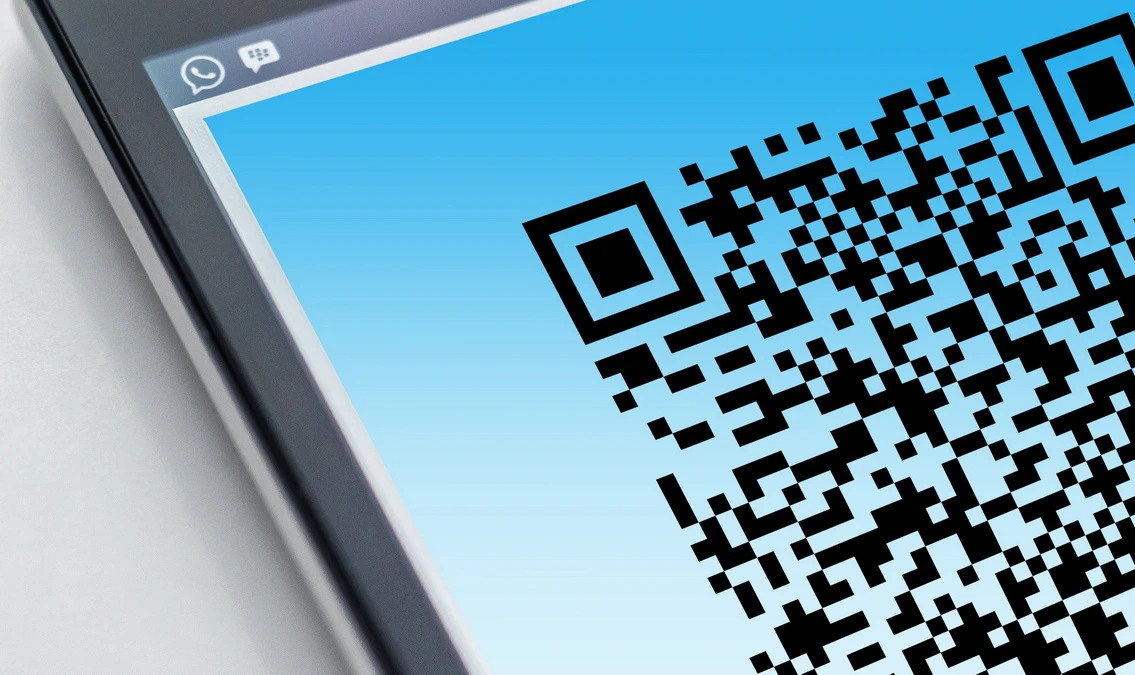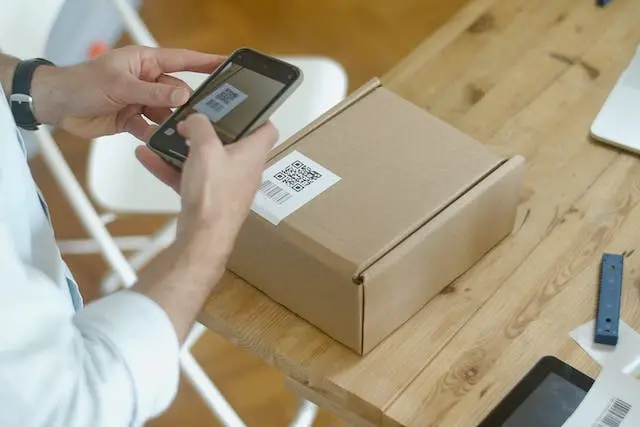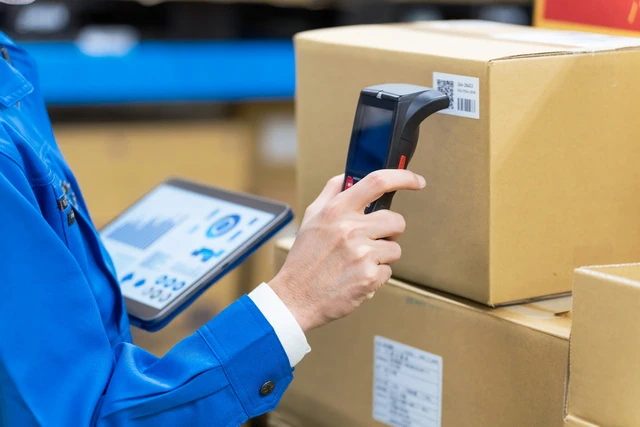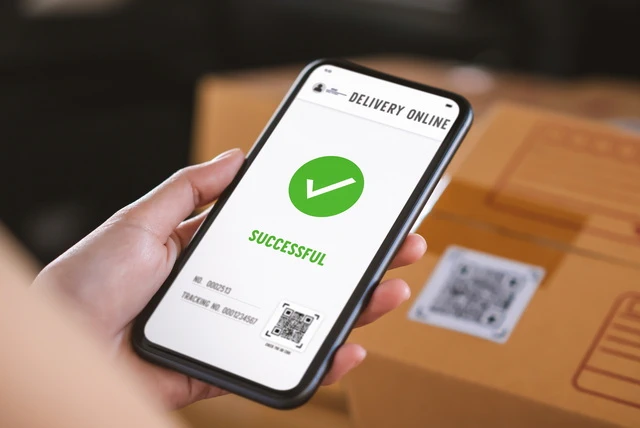QR Code Tracking: 3 Best Practices


While many business processes happen digitally, organizations still need a way to bridge the gap between the physical world and digital data. QR codes make it easy for employees to access and log information with a simple scan, significantly speeding up workflows.
Instead of manually tracking products, internal assets, or machinery, simplify everything by switching to QR code tracking. This technology goes a step beyond traditional barcodes, making it easier than ever before to exchange information.
In this guide, we’ll explore why QR code tracking is more than just a digital convenience and share expert best practices for making the most of QR codes in your business.

Quick response (QR) codes are two-dimensional barcodes that store more data than a traditional barcode. These square-shaped, black-and-white patterns go beyond simple data encoding, offering a digital gateway to real-time tracking.
QR code tracking is a more straightforward way to track physical assets in your organization, whether that’s machinery, tools, or computer hardware. Nearly all smartphones can scan QR codes, giving employees an accessible way to pull software logs, URLs, or even safety videos with one quick scan.
QR code tracking systems can also track data like:
QR code tracking has many applications, including:

QR code tracking is a powerful tool that offers many benefits, including:
Check out the video below for more information on using QR codes to track inventory and assets:
The more durable the label you use, the longer the lifespan of the QR code. Experienced providers like Camcode connect organizations with the proper labels, substrates, and fasteners for your specific use case.
Whether you want simple paper tags for temporary tracking or durable metal tags that can withstand harsh environments, we’re here to help.
Your tracking system will generate the QR codes for you, which you can print internally or send to a partner like Camcode for printing. However, not all QR codes are the same, and you should use dynamic QR codes instead of static QR codes for the most future-proof solution.
Static QR codes don’t allow you to change the URL connected to the code without changing the code itself. So, if you change your tracking system, you’ll likely need to buy all new static tags.
That can get expensive, especially if you frequently make changes. Go with dynamic QRs instead, which allow you to change the destination URL without changing the code or tag.
Nearly anyone can scan a QR code. That’s great for accessibility, but it can also be a security issue. Work with your IT team to ensure the QR codes only link to secure websites and that you have protocols in place to handle data securely.
It’s also important not to display QR codes in public-facing spaces where customers might try to access private URLs.
QR codes are an innovative and flexible way of storing data, and can be utilized in a variety of ways to benefit your organization. Ultimately, however, they’re only as good as the labels they’re printed on, which is why you need to ensure that your labels are able to withstand the environment you’ll be using them in.
Call us today at 1-800-627-3917 for some expert advice on which labels are best for your business. Alternatively, see our quality firsthand for yourself: request a free Camcode label sample kit now.

Yes. You can customize a QR code with colors, your logo, or any other image. This is usually done for marketing purposes, but it’s also a great way to capture employees’ attention in distracting spaces.
Static QRs link to a fixed URL you can’t change once you generate the code. Dynamic QR codes allow you to change the URL without changing the code itself, giving you more long-term flexibility.
QR code tracking is better than barcode tracking or manual tracking because it offers in-depth data, boosts operational efficiency, and supports multimedia content.
Our sales engineers are experts in automatic asset tracking, tagging and identification,a nd can answer all your questions. Get in touch now.
Lets Talk ›Enter your information and get a free checklist of the top questions to answer and tips to plan a successful asset tagging project for any asset management or tracking system implementation.